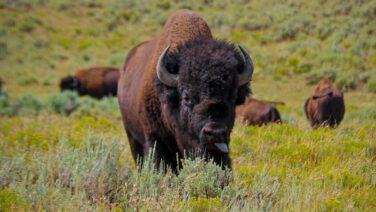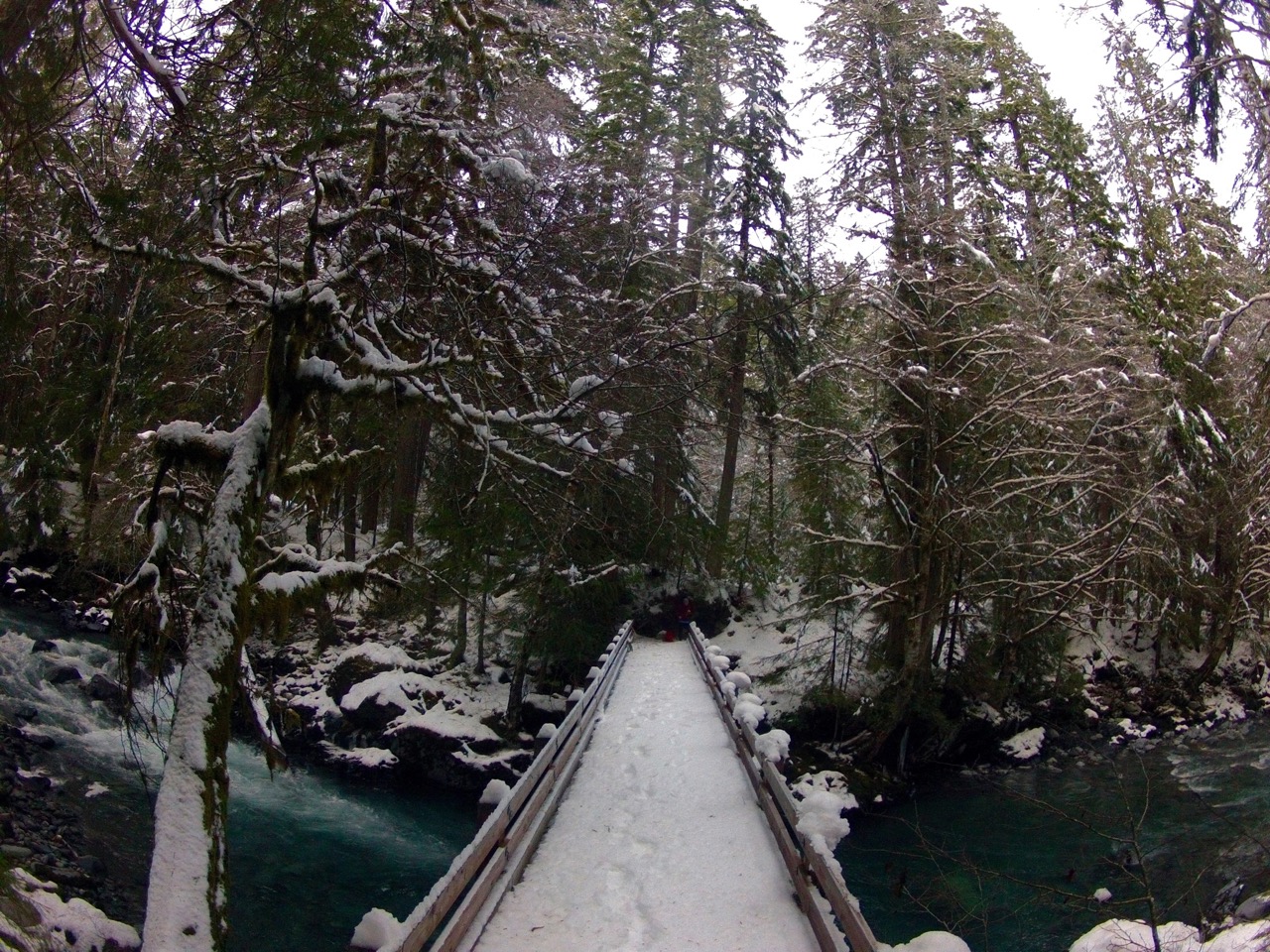At the end of May, when most eyes were on the mountains, watching for the snow to melt and open up high alpine areas, those with a nose on the Washington Coast were distracted by a washed up juvenile grey whale near Twin Harbors State Park.
On May 23rd, reports came in that a dead whale had washed up on the beach just south of Westport, prompting many, including The Outdoor Society to take a trip and see this ocean mammal’s carcass first hand. At 30 feet long, the juvenile female grey whale is said to have been struck by a boat. Killed by the impact, the 1 to 2 year old whale was healthy before it died an untimely death. While the death of the whale is sad, it is important to remember that the whale carcass is providing life for other creatures around the region.
So why was the whale left on the beach?
Since the whale washed up in the Washington State Seashore Conservation Area, wildlife officials urged the State Parks staff and decision making team to let the body decompose where it rested. Normally, the whale would be dissected by scientists or university students before being buried/blown up. However, the decision to leave it to rot and feed the region’s numerous species seems to be the right call. The whale washed up in what is known as an intertidal area, where high tide covers it and where low tide leaves it exposed. Bacteria eat the whale 24/7, but the tidal feating is much more interesting. During the high tide, crabs and other meat eating sea creatures feed on the nutrient rich mammal, while low tide sees birds feasting on the exposed innards and ripped blubber. Supposedly, even coyotes feed on the whale after dark.


Can I go See the Whale?
Yes, but act fast. As on June 5th, you can go down to the beach and drive right next to the remains of the whale. However, less than two weeks after the whale washed up, the corpse has rotten pretty nicely and has lost a lot of its mass. While it still smells fucking awful, the wafting stench is less than it was a week earlier, when the warm sun sped up the smelly decomposition. With tides also coming in and out daily, the remains of the whale are slowly getting buried by the sand. The whales mouth and head were mostly buried on June 5th. Sure, the remains of the whale smell pretty awful and the carcass itself is still bubbling (see video below) and bleeding, but according to locals interviewed the smell was much worse before. Supposedly, it was smelled from the highway.
The whale is located about 1.5 miles north of Grayland Beach Road, north of Grayland Beach State Park. The beach access road is drivable, with the whale looking more like a log than what you think a whale should look like. If you drove up to Twin Harbors State Park, you went too far. Keep in mind that it is a federal offense to take parts of the rotting whale and just as illegal to drive on the whale. I shouldn’t have to even say this, but in the 1990s, when I lived in Ocean Shores, people would drive mopeds over a washed up whale.




The Video
Want a less stinky adventure in the region?
PICK UP THE DEFINITIVE GUIDE TO OLYMPIC NATIONAL PARK!
Order the new Olympic National Park Guidebook by Author Doug Scott. At 335+ pages, with over 78 detailed trail descriptions, hundreds of images of locations, descriptions to lodges, campgrounds and dining, as well as a city guide around the Olympic Peninsula, this guidebook will lead you on the greatest adventure Olympic National Park has to offer.
This is the definitive guide to Olympic National Park and the Olympic Peninsula. The e-book is in full color, while the paperback is currently slated to be released in black and white to keep printing costs down. If you love Olympic National Park, or interested in exploring the nearly one million acres of wilderness, this guidebook will become a favorite.




